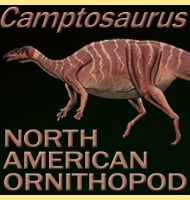Magnirostris
In Depth Magnirostris was a protoceratopsid dinosaur that would have been similar to the much more famous Protoceratops. Magnirostris was named after the unusually large beak that can be clearly appreciated in the holotype specimen. There has been suggestion that the Magnirostris holotype may in fact belong to the Bagaceratops genus. The thinking behind this … Read more
